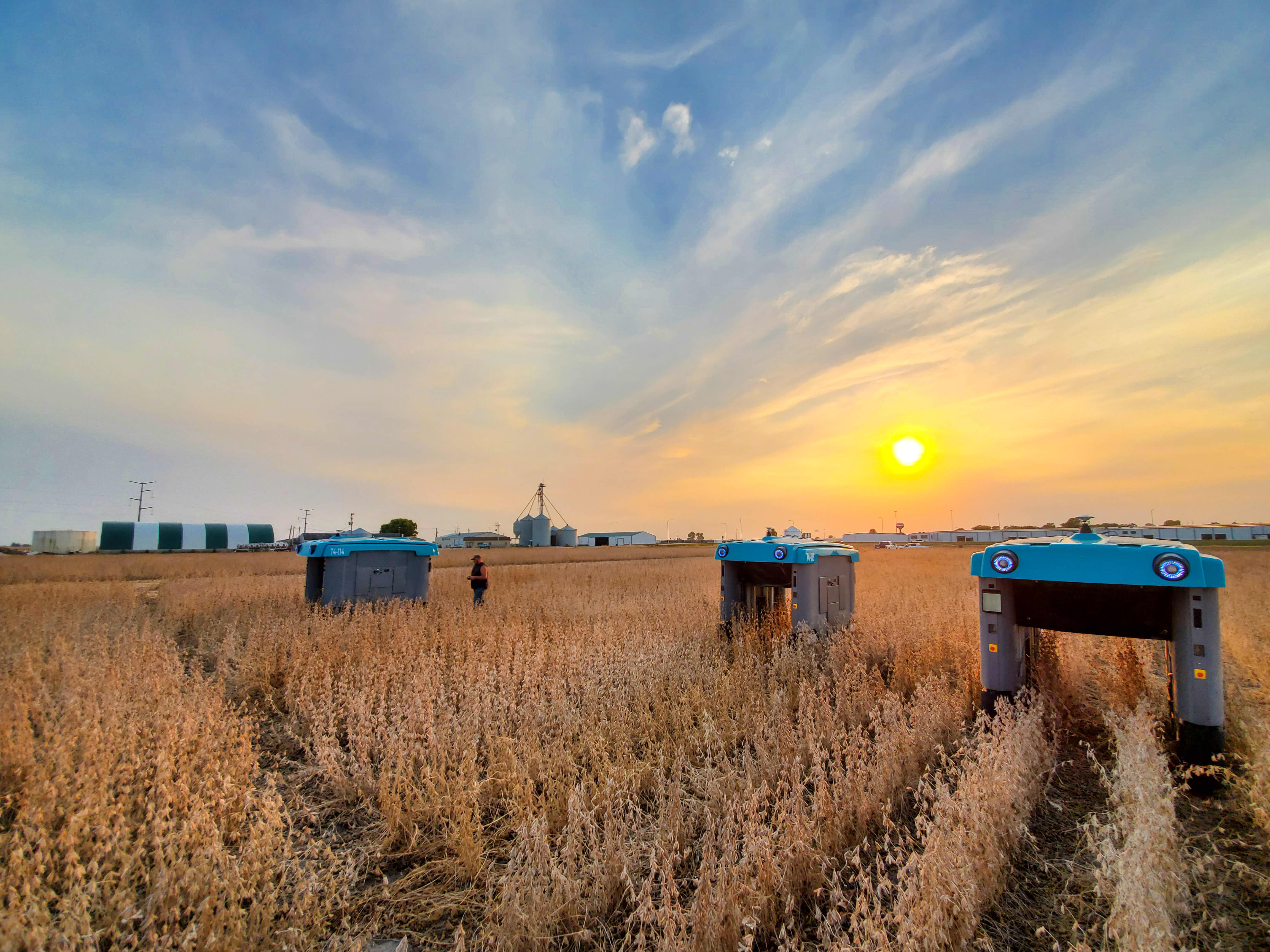Alphabet is trialing solar-paneled, robotic buggies to inspect farm crops

The “buggies” developed by Mineral use solar power and a range of other technologies.
Mineral
Tech giant Alphabet’s so-called “moonshot factory” — also known as X — has shared details about a project that’s aiming to transform agriculture and food production using technologies including robotics, software and satellite imagery.
The initiative has been in development for a while now, but this week saw X reveal its name, Mineral, and more details about how it works. Its broad focus is on something called “computational agriculture.”
In a blog post on Monday, project lead Elliot Grant described that term as referring to “farmers, breeders, agronomists and scientists” leaning on “new types of hardware, software, and sensors to collect and analyze information about the complexity of the plant world.”
A key part of the plan is to use low-emission electric buggies on farmland. These vehicles, which use solar panels, are able to travel across fields, utilizing GPS software to determine the exact location of plants. Cameras and “machine perception tools” are then used to gather reams of data on the crops.
This data – which includes plant height, fruit size and leaf area – is combined with other information such as weather and soil health. According to Mineral, its software tools can “help breeders understand and predict how different varieties of plants respond to their environments.”
“By mapping and imaging plants in the field, growers can troubleshoot and treat individual plants instead of entire fields, reducing both their costs and environmental impact,” it explained.
By tracking the growth of plants over time, growers should also be able to make predictions relating to the size and yield of crops, it added.
“Just as the microscope led to a transformation in how diseases are detected and managed, we hope that better tools will enable the agriculture industry to transform how food is grown,” Grant said.
Mineral is currently working with breeders and growers in South Africa, Argentina, Canada and the U.S., and said it would continue to expand collaborations with organizations globally.
Robots and farming
From the invention of tools such as the scythe to the development of industrial machinery including tractors and combine-harvesters, innovation has been at the heart of agriculture for millennia.
In recent years, researchers and businesses have ramped up the development of high-tech harvesting solutions.
At the end of March 2019, for example, fruit grower T&G Global announced that a robotic harvester was being used to carry out a commercial apple harvest in New Zealand. The automated apple-picking robot was developed by Abundant Robotics, a California-based technology firm.
Last year also saw engineers at the University of Cambridge develop a robot that utilizes machine learning to pick lettuce.
Dubbed “Vegebot,” it was designed to first identify iceberg lettuce and then decide if it was healthy and ready to be picked, the university said at the time. The robot could then cut the lettuce without damaging it.




